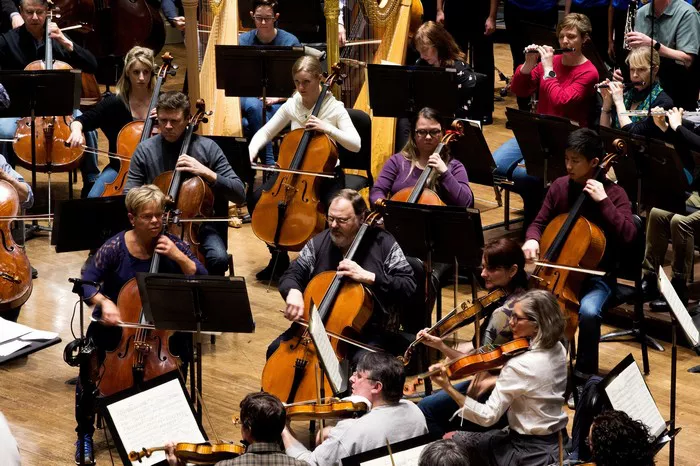Frederic Chopin’s Waltz in C sharp minor, Op. 64, No. 2, stands as a testament to the composer’s genius in crafting emotionally evocative and technically challenging piano compositions. This waltz, often referred to simply as the “C sharp minor Waltz,” is a beloved piece among pianists and music enthusiasts worldwide. In this comprehensive exploration, we delve into the history, structure, musical elements, interpretations, and significance of Chopin’s Waltz in C sharp minor.
Historical Context: Chopin’s Life and Influence
To understand the significance of Chopin’s Waltz in C sharp minor, it is crucial to grasp the historical context of Chopin’s life and the musical landscape of the Romantic era. Born in 1810 in Poland, Chopin was a prodigious talent whose compositions revolutionized piano music. His works often reflected his personal experiences, nationalist sentiments, and profound emotional depth.
During Chopin’s time, the waltz was a popular dance form, characterized by its triple meter and graceful, flowing melodies. Chopin’s waltzes, however, transcended the dance form, incorporating intricate harmonies, expressive phrasing, and virtuosic techniques that challenged pianists of his era and continue to captivate audiences today.
Structure and Analysis: Unraveling the Waltz
Chopin’s Waltz in C sharp minor follows a traditional A-B-A ternary form common in waltzes. The A section features a melancholic yet lyrical melody in C sharp minor, showcasing Chopin’s gift for weaving poignant emotions into his music. The B section, marked by a shift to E major, introduces a contrasting theme with a brighter, more optimistic tone.
Throughout the piece, Chopin employs various musical devices to enhance the emotional impact and technical complexity. These include arpeggiated accompaniments, rapid scale passages, ornamentations such as trills and mordents, and dynamic contrasts ranging from delicate pianissimos to powerful fortissimos.
Technical Challenges: Mastering Chopin’s Waltz
For pianists, Chopin’s Waltz in C sharp minor presents a formidable yet rewarding challenge. The piece demands precise control of touch, dynamic shading, and pedal technique to convey its nuanced emotions effectively. Achieving clarity in rapid passages, maintaining a singing tone in the melody, and navigating the shifts in mood and texture require both technical proficiency and artistic sensitivity.
Key technical elements to focus on when learning and performing the waltz include:
Finger Dexterity: Develop agility and independence in fingers to execute rapid arpeggios and scale runs smoothly.
Phrasing and Expression: Explore shaping phrases to convey the melancholic beauty and expressive depth of the music.
Pedaling Technique: Use pedal judiciously to enhance resonance without muddying the texture, particularly in passages with overlapping harmonies.
Dynamic Control: Master the nuances of dynamics to create contrasts that highlight the emotional journey of the waltz.
Artistic Interpretation: Infuse your performance with personal interpretation while staying true to Chopin’s expressive markings and intentions.
Interpretations and Performances: Diverse Expressions
One of the remarkable aspects of Chopin’s music is its interpretive flexibility, allowing different performers to bring their unique voices and insights to the same composition. Various pianists and musicians have offered diverse interpretations of the Waltz in C sharp minor, each revealing new facets of its emotional depth and musical intricacies.
Listeners can explore recordings by renowned pianists such as Vladimir Horowitz, Arthur Rubinstein, Martha Argerich, and Krystian Zimerman, among others, to experience a range of interpretations spanning from introspective and poetic to virtuosic and passionate. Each performance offers a fresh perspective on Chopin’s timeless masterpiece.
Significance and Legacy: Chopin’s Musical Influence
Chopin’s Waltz in C sharp minor occupies a prominent place not only in the composer’s oeuvre but also in the broader classical music repertoire. Its enduring popularity and emotional resonance underscore Chopin’s ability to transcend cultural and temporal boundaries, speaking directly to the human experience through the language of music.
The waltz continues to inspire pianists, composers, and audiences alike, serving as a touchstone for exploring themes of love, longing, nostalgia, and resilience. Its presence in concert halls, recital programs, and educational curricula ensures that Chopin’s legacy remains vibrant and influential in the contemporary music world.
Conclusion
In conclusion, Chopin’s Waltz in C sharp minor stands as a testament to the enduring power of music to evoke profound emotions, transcend technical challenges, and resonate across generations. Its haunting beauty, expressive richness, and technical intricacies make it a cornerstone of the piano repertoire and a cherished gem for performers and listeners worldwide.
As musicians, educators, and enthusiasts, embracing the musical legacy of Chopin’s waltz invites us into a deeper understanding of artistic expression, technical mastery, and the timeless allure of great music. Whether as performers striving for musical excellence or as listeners seeking moments of beauty and introspection, the Waltz in C sharp minor continues to enchant and inspire, reminding us of the transformative power of musical creativity.
Through dedicated study, thoughtful interpretation, and heartfelt performances, we honor Chopin’s legacy and keep alive the enchanting melodies and profound emotions woven into this timeless masterpiece.

